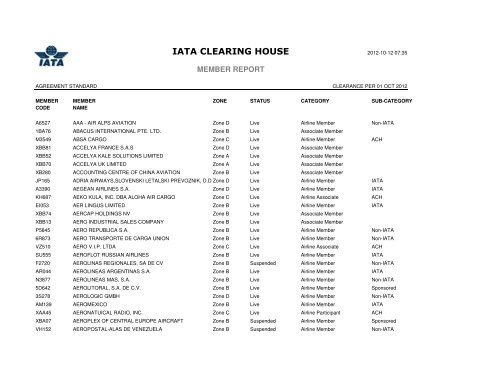

- File location for quotexport member list password#
- File location for quotexport member list download#
It is possible to store a value directly in the script if you require a noninteractive operation, but you then need to be extremely cautious with the security and permissions of this file.ĮC2 compatibility credentials can be downloaded by selecting Project, then Compute, then Access & Security, then API Access to display the Download EC2 Credentials button. It is important to note that this does require interactivity.
File location for quotexport member list password#
But when you source or run the script, it prompts you for your password and then stores your response in the environment variable OS_PASSWORD. This does not save your password in plain text, which is a good thing. export OS_REGION_NAME = " RegionOne " # Don't leave a blank variable, unset it if it was empty if then unset OS_REGION_NAME fi export OS_INTERFACE =public # OS_REGION_NAME is optional and only valid in certain environments. # If your configuration has multiple regions, we set that information here. echo " Please enter your OpenStack Password for project $OS_PROJECT_NAME as user $OS_USERNAME: " read -sr OS_PASSWORD_INPUT export OS_USERNAME = " demo " # With Keystone you pass the keystone password. export OS_PROJECT_ID =98333aba48e756fa8f629c83a818ad57Įxport OS_PROJECT_NAME = " test-project " export OS_USER_DOMAIN_NAME = " default " if then unset OS_USER_DOMAIN_NAME fi # In addition to the owning entity (tenant), OpenStack stores the entity # performing the action as the **user**. # With the addition of Keystone we have standardized on the term **project** # as the entity that owns the resources. OS_AUTH_URL is # only for the Identity API served through keystone.

For example, your cloud provider may implement # Image API v1.1, Block Storage API v2, and Compute API v2.0. # *NOTE*: Using the 3 *Identity API* does not necessarily mean any other # OpenStack API is version 3. # The catalog contains the endpoints for all services the user/tenant has # access to - such as Compute, Image Service, Identity, Object Storage, Block # Storage, and Networking (code-named nova, glance, keystone, swift, # cinder, and neutron). #!/usr/bin/env bash # To use an OpenStack cloud you need to authenticate against the Identity # service named keystone, which returns a **Token** and **Service Catalog**.


 0 kommentar(er)
0 kommentar(er)
